Imagine you’re on stage, about to deliver a killer solo, when suddenly, your foot missteps and lands awkwardly on a fragile array of wires instead of hitting that trusty pedal. We’ve all been there—those moments of gear failure that leave as much a dent in your confidence as in your performance. As a former engineer and an active luthier, I know all too well that the secret to reliable sound isn’t just good electronics or stellar playing. The often-overlooked hero here is the guitar pedal enclosure. It’s the unsung shield protecting your delicate circuits and showcasing your artistry.
This guide is a deep dive into the world of pedal enclosures. We’ll explore a variety of pedal enclosure options, their impact on your sound, and why they matter to musicians of every stripe. Whether you’re crafting your own or seeking retail solutions, understanding enclosures can be the decisive upgrade your setup needs.
Why Use a Guitar Pedal Enclosure?
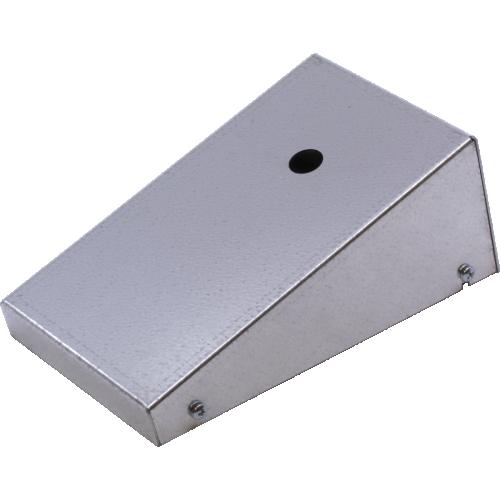
In my experience, the advantages of a well-constructed pedal enclosure extend beyond protection—it enhances performance and longevity, which any player can appreciate. Did you know that the right enclosure could brighten your tone while safeguarding your components? This isn’t just about keeping the internal parts of your guitar effects pedals safe from dust or impact; it’s about ensuring optimal sound quality and reliability during your performances.
The key purpose of using a sturdy effects pedal housing is to create a barrier between your pedal’s intricate circuitry and the potentially damaging elements of the outside world. An enclosure acts like a shield, fortifying your pedals against physical damage, moisture, and corrosion which can all wreak havoc on electronic components. Having a proper enclosure means you can confidently step on your pedals, knowing they’re well-protected.
Moreover, a well-designed guitar pedal enclosure can significantly influence tonal clarity and signal fidelity. By minimizing electromagnetic interference and grounding issues, a good enclosure can enhance your pedalboard’s overall output. It supports both the structural integrity and the sonic purity of your setup. For any guitar enthusiast, investing in a quality pedal enclosure is like giving themselves the power to protect and enhance their musical voice.
This insight truly underscores the significance of pedal enclosures and sets the stage for exploring who stands to gain the most from these protective marvels.
Who Can Benefit from Guitar Pedal Enclosures?
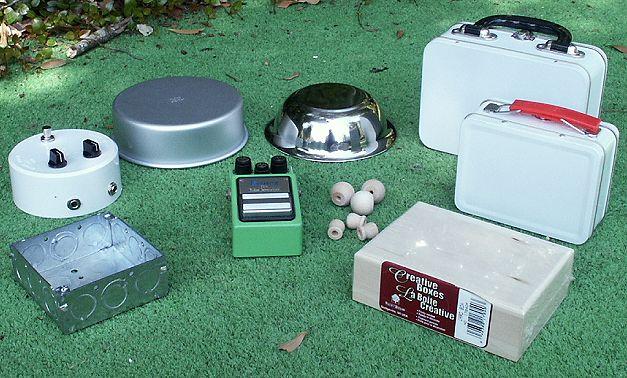
Having worked with various musicians, I’ve seen firsthand how even novice players can enhance their creative expressions through custom enclosures tailored to their needs. *Could the right pedal enclosure elevate your playing style, no matter your skill level?* The answer is a resounding yes.
From my experience, anyone who plays electric guitar can benefit from investing in custom guitar pedal enclosures. For beginners, these enclosures offer a *tangible introduction* to the world of sound modulation without overwhelming complexity. They provide an opportunity to explore unique tones and effects that can help define one’s early musical identity.
More advanced players, on the other hand, can use custom enclosures to refine their sound with precision. How to build guitar pedals becomes an essential skill as they tailor their enclosures to foster personal style and performance needs. Whether you’re gigging in local venues or practicing in your garage, the *right enclosure can set the stage for sonic exploration*.
Incorporating personalized elements into pedal setups is not only an artistic endeavor but also a gateway to inspired performances, making pedal enclosures invaluable to musicians at every level. Moving forward, we’ll delve deeper into the types of pedal enclosures that can transform your musical journey.
What Are the Different Types of Pedal Enclosures?

Are you aware that the choice of material can radically alter not just the durability but the sound quality of your pedal? This revelation shaped my journey into guitar pedal crafting. Over the years, I’ve seen how the right pedal enclosure turns an ordinary stompbox into something extraordinary.
The most common type is the aluminum pedal enclosure. Renowned for being lightweight yet robust, these enclosures are perfect for musicians seeking portability without compromising on strength. Aluminum also offers excellent shielding against electromagnetic interference, ensuring your sound remains pure and true.
Some enthusiasts opt for a CNC pedal enclosure, where precision reigns supreme. Using Computer Numerical Control, these designs deliver exacting consistency, crucial for complex pedal configurations. This type of enclosure speaks to the perfectionist in all of us, ensuring tight dimensions and high-quality finishes.
Lastly, there’s the timeless appeal of the classic stompbox enclosure. These bulkier cases often bring a nostalgic charm while offering ample space for more elaborate circuitry. Perfect for DIY enthusiasts, they provide room for creativity, allowing you to push the boundaries of pedal design.
Understanding these different types allows you to choose the best fit for your creative and practical needs. This selection process, much like crafting a custom instrument, is as much art as science. By honing in on the right materials and design, you can transform your pedal into a true extension of your musical identity.
Where to Purchase Guitar Pedal Enclosures?
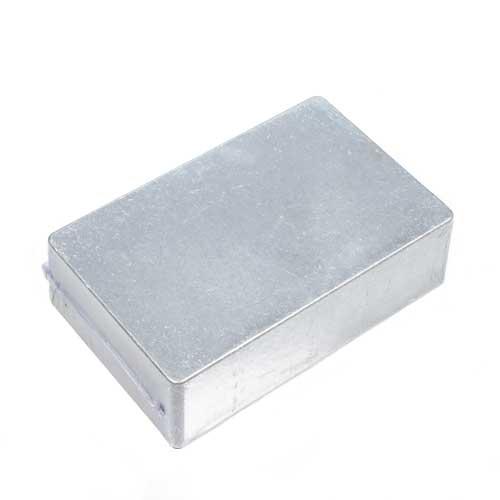
Where do the pros shop for pedal enclosures? The answer might surprise you! After exploring various suppliers, I can confidently say that knowing where to buy quality materials can make all the difference in achieving your desired tone and design. The journey to finding the right guitar pedal enclosures is filled with options, both online and at local stores, yet it’s the lesser-known vendors that often bring a unique edge surprisingly favored by seasoned musicians.
For those starting with guitar pedal kits, a reliable source is vital. Websites like Small Bear Electronics and Mammoth Electronics have consistently offered robust materials that meet professional standards while catering to DIY enthusiasts. These places not only provide a wide range of pedal enclosure materials but also deliver essential components that can elevate your project.
However, beyond these popular choices lies a world of independent suppliers who specialize specifically in niche improvements and custom designs. Exploring artisan retailers can unveil enclosures crafted from premium, often weather-resistant materials, ensuring durability and a distinct aesthetic. The key is to research and compare offerings, mindful of both your technical needs and budget.
By drawing on personal experience, connecting with other musicians, and actively engaging with these unique markets, I’ve discovered that even the smallest differences in materials can significantly impact the sound and style of your guitar setup. This insightful exploration has enriched my projects and could offer the same transformative potential for anyone willing to step beyond the mainstream. Whether you’re a hobbyist or striving for professional sound, choosing the right supplier is a step that shouldn’t be underestimated.
When to Create Your Own DIY Pedal Enclosure?
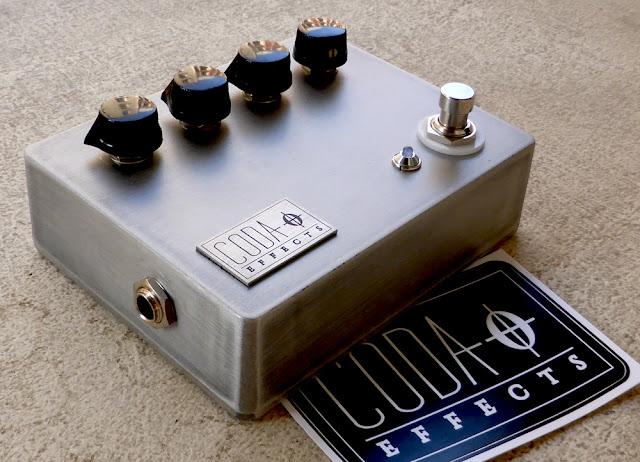
From personal experience, the motivation to craft your own pedal enclosure often stems from the desire for a unique design that fits your individual style. But what drives musicians to step into DIY territory when it comes to building pedal enclosures? For many, it isn’t just a quest for self-expression—it’s about timing and a deep connection with one’s sound palette. Notably, the decision to embark on a DIY pedal enclosure project often arises when ready-made options fall short of your creative vision or if you seek to experiment with DIY pedal enclosure projects to perfect the melding of form and function.
Over the years, I’ve found that indulging in pedal enclosure painting can lead to a gratifying sense of ownership and uniqueness. It’s this hands-on experience that enables you to transform dreams into reality. There’s something extraordinary about having an enclosure that not only complements your auditory goals but also reflects your artistic touch. Whether you’re seasoned in DIY or just starting, the journey of constructing your own reflects a commitment to authenticity both visually and sonically.
How to Build Your Own Guitar Pedal Enclosure?
Materials Needed
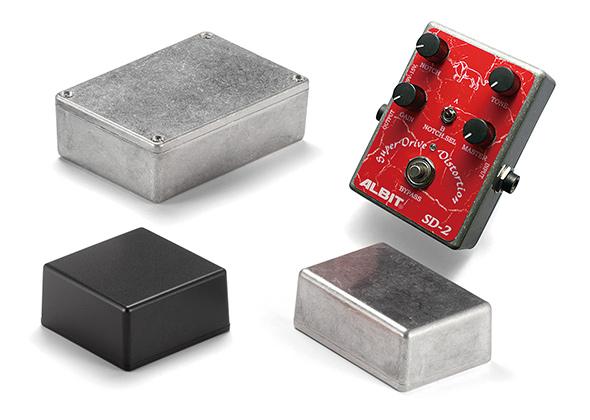
When crafting a guitar pedal enclosure, selecting the right pedal enclosure materials is crucial. From my personal journey through instrument construction, I’ve learned that the materials you choose can transform your pedal design. To start, you’ll need a durable, yet lightweight aluminum or steel box, which forms the core structure of your enclosure. High-quality knobs and switches are essential for tactile response and longevity, while rubber feet ensure stability during performance. Additionally, a selection of screws, standoffs, and washers will secure your design elements in place. Having these materials empowers creativity, ensuring your project achieves a professional and personal touch.
Step-by-Step Construction

With my years of hands-on experience in crafting stringed instruments, I’ve learned that patience and precision are pivotal during the construction phase of a DIY pedal enclosure. Each step is vital in transforming raw materials into a functional piece of art. Let’s delve into the step-by-step construction process, an integral phase that shapes the aesthetic and durability of your creation.
The initial step involves carefully selecting your materials, ensuring they are compatible with your design and DIY ambitions. Once your materials are at hand, it’s crucial to measure your components meticulously, creating a layout that will prevent any spatial hiccups later on. After marking the locations for your input jacks, knobs, and switches, drill with a steady hand to avoid any misalignment that might affect the final product’s performance.
The creative spark shines brightly in the next phase: pedal enclosure painting. Your choice of colors and techniques can transform a plain enclosure into a visually striking pedal. A layer of primer, followed by your chosen paint, applied with consistent strokes, will ensure a long-lasting finish.
Finally, assemble the internal wiring carefully, ensuring each component is securely soldered in place. This meticulous attention to detail will determine the pedal’s functionality and longevity, bringing your DIY pedal enclosure to life. As you embrace this gratifying journey of creation, remember that each step is a learning experience, enhancing your expertise as you build on your passion. With this, let’s move into addressing common FAQs about guitar pedal enclosures.
FAQs
What is a Guitar Pedal Enclosure?
Why Build Your Own Guitar Pedal Enclosure?
What Materials are Commonly Used for Guitar Pedal Enclosures?
Where Can I Find Resources for Building Guitar Pedal Enclosures?
Conclusion
Is your guitar rig truly complete without understanding the role of pedal enclosures? The journey through guitar effects pedals and their safeguarding is about more than mere protection; it’s about unlocking a world of creative expressions. From DIY customization to exploring various pedal enclosure options, the layers of possibilities are as vast as your musical imagination. In conclusion, the importance of pedal enclosures cannot be overstated; they not only protect your investment but also inspire new sonic landscapes. Whether you’re a seasoned musician or an aspiring guitarist, recognizing the vital role of these enclosures is essential.
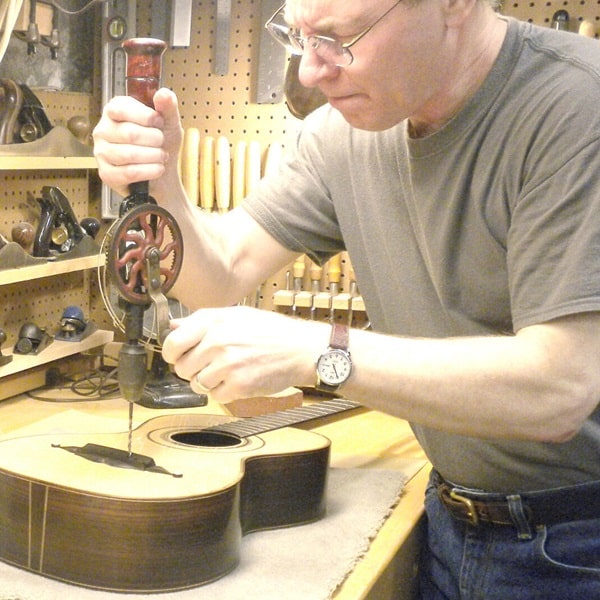
R.M. Mottola, an engineer-turned-luthier, revolutionizes stringed instrument design with his deep focus on acoustics and ergonomics since 1994. As editor of the Savart Journal and a key contributor to American Lutherie, Mottola merges science with artistry in lutherie. He enriches the field with his extensive knowledge, shared through his Liutaio Mottola website, making him a beacon in the world of modern instrument craftsmanship.
